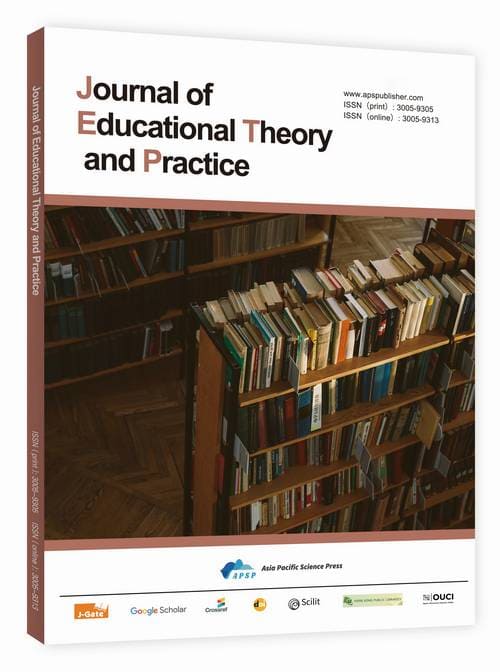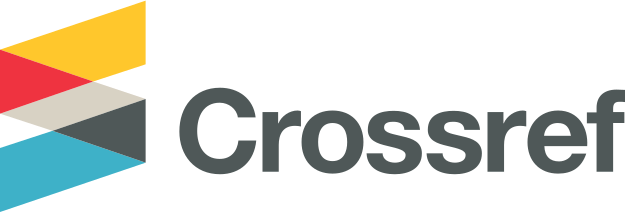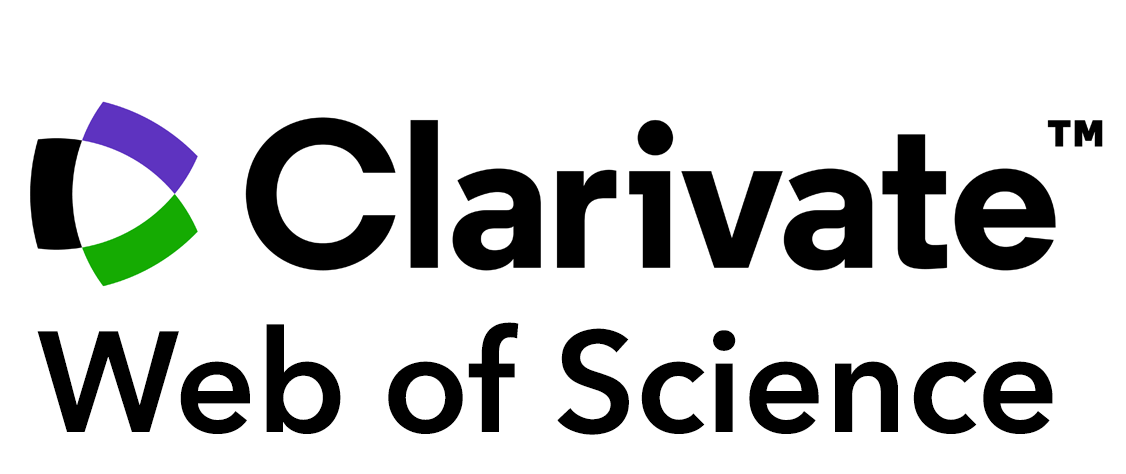The Relationship Between College Students' English Autonomous Learning Ability and Classroom Environment
DOI:
https://doi.org/10.62177/jetp.v2i3.642Keywords:
Autonomous Learning, Classroom Environment, College English Teaching, Student Engagement, Learning StrategiesAbstract
This paper explores the relationship between college students’ English autonomous learning ability and the classroom environment. Against the backdrop of increasing demand for English proficiency in academic and professional settings, the study emphasizes the necessity of fostering autonomy in language learning. Through a conceptual and literature-based analysis, the paper identifies key factors influencing autonomous learning, including teacher behavior, student participation, task orientation, and classroom dynamics. The findings suggest that a supportive and well-structured classroom environment significantly enhances students’ ability to learn independently. The study concludes by proposing practical strategies for optimizing the classroom setting, such as creating a harmonious atmosphere, implementing group-based and inquiry-based activities, and strengthening student engagement to cultivate greater autonomy and improve overall English learning outcomes.
Downloads
References
Barr, R. B., & Tagg, J. (1995). From teaching to learning—A new paradigm for undergraduate education. Change: The magazine of higher learning, 27(6), 12-26.
Benson, P. (2007). Autonomy in language teaching and learning. Language teaching, 40(1), 21- 40.
Boekaerts, M. (1999). Coping in context: Goal frustration and goal ambivalence in relation to academic and interpersonal goals.
Dickinson, L. (1993). Talking shop: Aspects of autonomous learning. ELT journal, 47(4), 330- 336.
Ellis, R., & Ellis, R. R. (1994). The study of second language acquisition. Oxford University.
Holec, H. (1996). Self-directed learning: An alternative form of training. Language Teaching, 29(2), 89-93.
Little, D. (1991). Learner autonomy. Dublin, 86, 11.
McPherson, G. E., & McCormick, J. (1999). Motivational and self-regulated learning components of musical practice. Bulletin of the Council for Research in Music Education, 98-102.
O'malley, J. M., O'Malley, M. J., Chamot, A. U., & O'Malley, J. M. (1990). Learning strategies in second language acquisition. Cambridge university press.
Pintrich, P. R., & De Groot, E. V. (1990). Motivational and self-regulated learning components of classroom academic performance. Journal of educational psychology, 82(1), 33.
Victori, M. (1993). Language Learning: Insights for Learners, Teachers, and Researchers.
Andrew D. Cohen. TESOL Quarterly, 27(1), 119-120.
Zimmerman, B. J., & Schunk, D. H. (2011). Self-regulated learning and performance: An introduction and an overview. Handbook of self-regulation of learning and performance, 15-26.
Downloads
How to Cite
Issue
Section
License
Copyright (c) 2025 Ruogu Sun

This work is licensed under a Creative Commons Attribution-NonCommercial 4.0 International License.

















